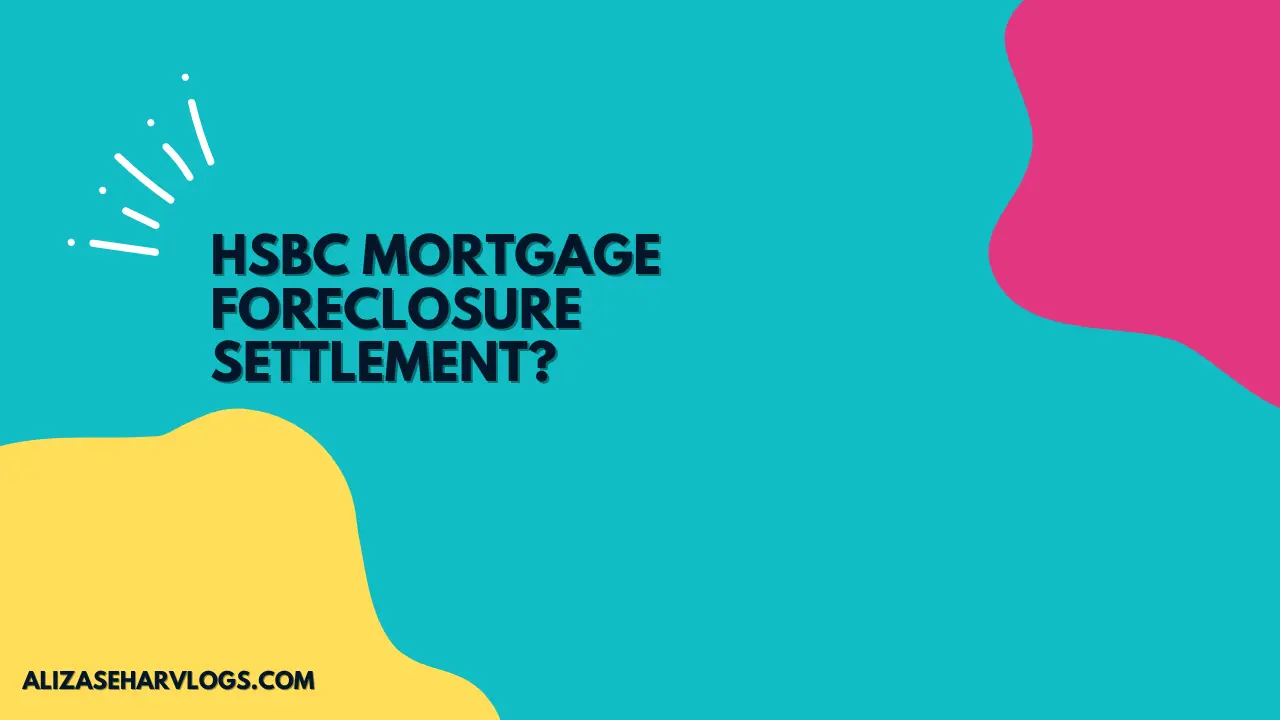In 2016, banking giant HSBC reached a landmark $470 million settlement with federal and state authorities regarding the company’s questionable foreclosure actions during the 2008 financial crisis. This massive agreement provided long-awaited relief and restitution to thousands of homeowners harmed by HSBC’s flawed practices.
This article will illuminate the key components of this consequential settlement. We will explore the background context, HSBC’s foreclosure failings, the settlement terms and payments, and the ultimate impact on affected borrowers.
The Backdrop of the Foreclosure Crisis
To fully appreciate the HSBC settlement, it is crucial to understand the broader foreclosure crisis that overwhelmed lenders like HSBC. During the mid-2000s housing boom, HSBC focused heavily on higher-risk subprime mortgages. But as the bubble burst, the company proved unprepared to handle the ensuing wave of defaults and foreclosures.
Like other major mortgage servicers, HSBC lacked the training, staffing, and oversight to accurately process the flood of foreclosures crossing its desks. This breakdown fostered widespread mortgage documentation errors and other improprieties that ultimately cost HSBC dearly.
HSBC’s Foreclosure Failures
With foreclosures skyrocketing, HSBC consistently failed to uphold proper procedures and protections for distressed homeowners. Specifically, the company relied on improper practices like:
- Robosigning: Employees signed thousands of foreclosure affidavits and documents without verifying their accuracy. In 2010, an HSBC executive admitted to signing up to 8,000 foreclosure papers per month in assembly-line fashion.
- Flawed paperwork: HSBC foreclosure documentation was consistently missing or incorrect, depriving homeowners of their rights.
- Unresponsive servicing: HSBC routinely ignored homeowners seeking assistance through mortgage modifications.
Through these actions and inactions, HSBC frequently wronged homeowners and initiated inappropriate foreclosures. Their misconduct underscored the need for reform and accountability.
$470 Million Settlement Terms
The 2016 deal between HSBC and federal/state authorities included both financial penalties and mortgage servicing changes:
- $370 million in homeowner assistance for foreclosure prevention and compensation
- $100 million in payments to federal and state governments
- Reforms to HSBC’s foreclosure and servicing procedures
For affected homeowners, the required assistance included direct payments, reduced mortgage principals, and streamlined access to loan modifications. This provided meaningful relief, though some felt HSBC deserved harsher punishment.
Impact on Foreclosed Homeowners
For homeowners impacted by HSBC’s flawed foreclosures, the settlement provided help in avoiding potential future foreclosures and recovering from past harms. Settlement payments helped homeowners in default reduce payments through lower mortgage principals.
The deal also established a more standardized process for HSBC to fairly consider distressed borrowers for loan modifications. However, more comprehensive legal action was still necessary to fully compensate all those wronged.
By levying a heavy financial penalty, regulators sent an unmistakable message to HSBC and other lenders. Banks must uphold lawful foreclosure practices even during times of crisis. Anything less would warrant prompt and severe consequences.
Conclusion:
The 2016 federal settlement marked a key step in providing accountability and compensation for HSBC’s past foreclosure abuses. While critics argued for even harsher penalties, the deal established important reforms while delivering urgent relief to thousands of consumers harmed by HSBC’s misconduct. For regulators, it affirmed their commitment to protecting vulnerable homeowners, even during times of economic crisis.
FAQs:
What practices led to the HSBC settlement?
HSBC engaged in improper practices like robo-signing of foreclosure documents without verification and systematic errors in foreclosure paperwork. These flawed practices led to improper foreclosures.
How much did HSBC pay in the settlement?
HSBC paid a total of $470 million, including $370 million for homeowner assistance and relief and $100 million in payments to the federal and state governments.
What are some examples of assistance for homeowners?
The settlement provided direct payments to wrongfully foreclosed borrowers, reduced mortgage principals for those at risk of default, and easier access to loan modifications.
Could homeowners still sue HSBC separately?
Yes, the settlement didn’t prevent individuals from taking separate legal action against HSBC for damages related to wrongful foreclosures.
What mortgage reforms were required?
HSBC had to improve documentation accuracy, staffing, and oversight of the foreclosure process. They also had to enhance assistance programs for distressed borrowers.
Conclusion:
The 2016 federal settlement marked a key step in providing accountability and compensation for HSBC’s past foreclosure abuses. While critics argued for even harsher penalties, the deal established important reforms while delivering urgent relief to thousands of consumers harmed by HSBC’s misconduct. For regulators, it affirmed their commitment to protecting vulnerable homeowners, even during times of economic crisis.
